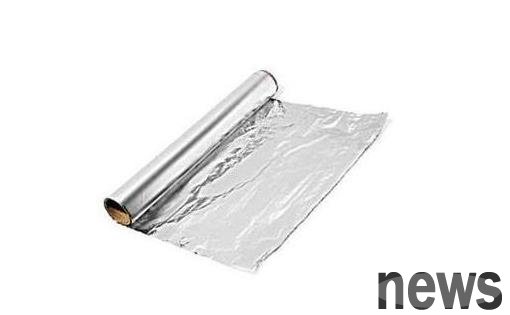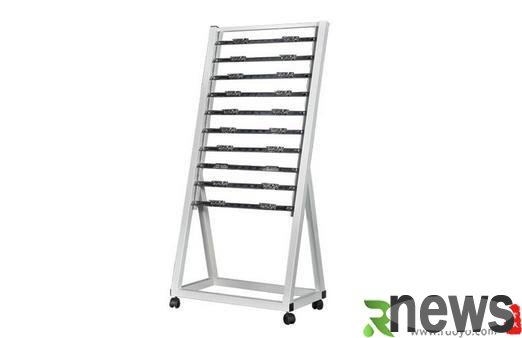Ten ways to identify genuine CDs so that you no longer spend money in vain
The advantages and disadvantages and existing rules of genuine and pirated version are a big topic. The so-called genuine version is an audio-visual product that is obtained through legal channels and published by a legal audio-visual publishing and distributing agency registered with the Ministry of Culture. In addition to the works with domestic copyrights, the genuine edition also includes imported original versions and imported versions. Here, the editor has summarized several experiences in the audio-visual industry to help disc friends distinguish the authentic version.
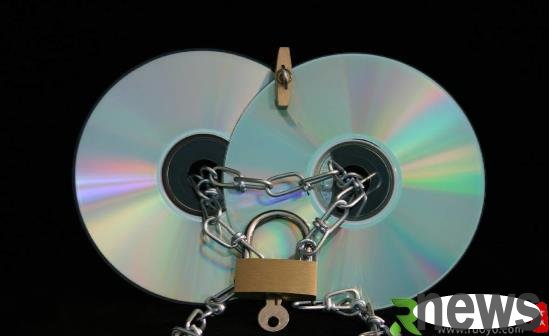
Ten ways to identify genuine CDs
1. [Look at the tags]
All genuine versions have circular laser anti-counterfeiting tags issued by the Ministry of Culture. In the early years, they were small tags, but now they are new ones (legally imported original version, as introduced in the Chinese picture, there is also this tag, and there is also a Chinese tag paper tied outside). Those with that tag cannot be said to be 100% genuine, but those without them are basically not genuine. See Appendix 1 for specific identification methods of labels.
2. [Look at variety]
Many well-known films have not yet been released in China, such as the "Lord of the Rings" series, "Star Wars" series, "Godfather" series, "Forrest Gump", "Broken Arm Mountain", "Six People", "24 Hours", etc., so if you see these films on a certain website or store, you can basically conclude that they are selling pirated versions.
3. [Look at version]
Large Xinhua Bookstores generally do not sell pirated versions, and genuine copyright agreements are usually unique, that is, one variety will only be issued by one manufacturer (except for public versions), D5, D9; simple packaging, boxed packaging; silver and gold versions are only a few versions, so if you see a different version from a large Xinhua Bookstore or can be sure that it is genuine, such as completely different packaging, different number of discs, and different issuing agencies, you can basically conclude that it is pirated. It is true that the same version is replaced by the manufacturer during the issuance period, but it is rare.
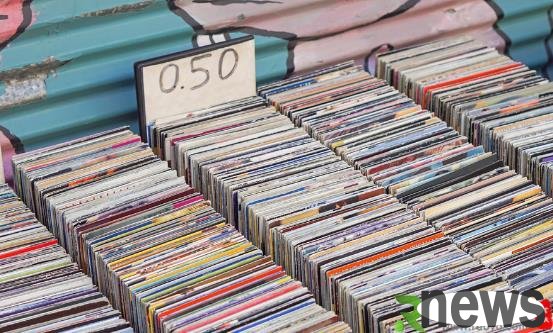
4. [Look at the manufacturer]
There are genuine manufacturers, such as: Zhonglu Warner, Zhonglu Dejiala, Taisheng, Zhongkai, Qiaojia, Feishi, Donghexing, etc. There are pirated manufacturers: 5K, Red Dragon, Pegasus, Jintuo, Chuangjia, MAC, UPS, UFO, Focus, Qilin, Dijing, Zunbao
5. [Look at the price]
The main cost of genuine products is copyright fees, so the pricing differences between different manufacturers and films may be very different. A D5 can be as cheap as 5 yuan, and it is normal to be more than 20 yuan. On the contrary, if a seller sells all kinds of D5s and D9 sells them at one price, it can basically be concluded that it is not the genuine one, because the price system of the genuine one is not like this.
6. [Hot code is iron proof]
The genuine version never hot codes (the so-called hot code is deliberately scalding the SID code left by the production line of the inner ring of the disc), because the genuine version does not have the problem of fear of tracing the production source, which is clearly different from the hot codes that are popular among piracy. However, not all genuine disk inner circles have visible encodings.
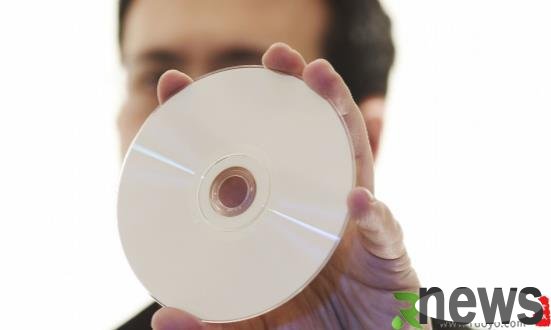
7. [Look at the material]
Cross-regional material is a popular practice in the pirated world, such as: French District 2 picture + Hong Kong District 3 subtitles; American District 1 picture + District 6 national package, etc. There is no such concept in the genuine version, so you can basically conclude that it is pirated when you see such a proclaim. For TV series, as long as you see the words of HDTV on the screen, you don’t need to think about it. 100% pirated versions are made by directly capturing the TV signal.
8. [Packaging cannot be trusted]
Genuine pirated version has nothing to do with the exquisiteness of the packaging. Don’t think it is genuine when you see that the packaging is exquisite. Rough packaging means pirated. The main cost of the genuine version lies in the copyright fee, and pirated version does not have this expense. Therefore, pirated versions can make the packaging very good at the same price. Similarly, those old movies that have become public versions, such as the Kurosawa Akira series, old European classics, etc., have no copyright fees or are extremely low in copyright fees, and the genuine version is sold for 5 yuan per piece, which is cheaper than many pirated versions.
9. [The picture quality chuck is not the basis]
CD is a digital technology, and piracy will not reduce the picture quality due to copying. Similarly, as long as the disk base is used, it will not chuck. Therefore, the picture quality and whether the chuck is not used as the basis for judging the authentic version. The quality of the picture depends mainly on the quality of the film source. The quality of a digital version DVD (scan film frame by frame, and then synthesizes static images into dynamic video, commonly known as disc version) that was digitally repaired and carefully produced 30 years ago can make a DVD made by a new film but using glue-to-magnetic technology (made by directly converting dynamic light and shadow with digital camera equipment, commonly known as film version, film version or simulation version, but not gun belt, which is a patent for pirated version). The production cost of digital versions is two orders of magnitude higher than that of film versions, so most domestic low-cost movies and even Hong Kong and Taiwan films are made of rubber to magnetic DVDs. The pirated version will never scan the film to make a digital version of DVD by itself, but will only use the digital source of the original version. Therefore, these films with only the rubber-to-magnetic version are not clear whether they are genuine pirated.
10. [There are also compressed discs in genuine version]
HDVD is commonly known as compressed discs or economical DVDs. It can be played on ordinary DVDs. The medium is DVD and is encoded by MPEG-1 or MPEG-2. The low code stream makes each disc accommodate up to 7 hours of programs (i.e., 8 to 10 episodes of TV series), and the picture quality is slightly higher than or equivalent to VCDs, which is a big gap compared to ordinary DVDs. Many genuine manufacturers have started launching compressed discs in the second half of 2004, and the popularity has become increasingly popular. While viewers in developed countries enjoy high-definition videos starting at 1280720 resolution, Chinese people are still intoxicated by compressed discs with VCD-level image quality like 320240. It should be emphasized that no matter whether MPEG-1 or MPEG-2 encoding is used, once the code stream is lower than the normal VCD code stream (i.e., video 1.15Mb/s), the picture quality will immediately drop significantly and be terrible.. This is why a large number of D9 compressed discs (one disk can accommodate more than 20 episodes) have extremely poor picture quality. Generally speaking, D5 can accommodate 7 hours and D9 can accommodate 13 hours, which means that the capacity of the compressed disc is limited while maintaining the VCD image quality level.


